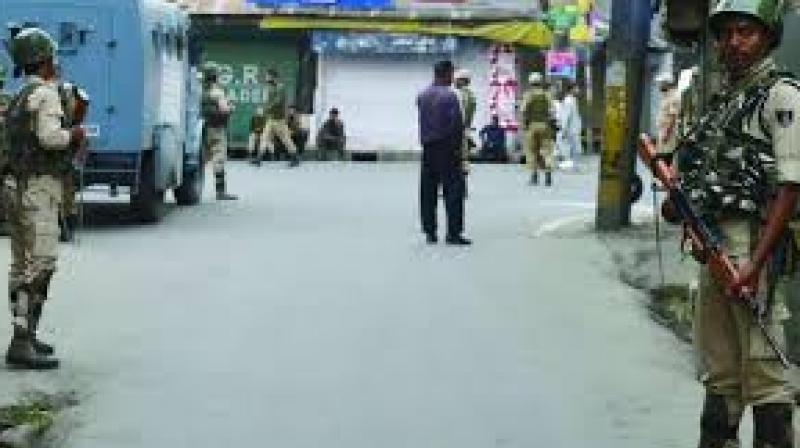Kashmir was always ‘mired in hassles’

Hyderabad: To get a better sense of what Kashmir is going through nowadays, it is important that we understand its history, said historian and professor of international relations, Srinath Raghavan. Speaking on Wednesday at Manthan Samvaad, he elaborated on the historic evolution of the state of Jammu and Kashmir, along with the two union territories of Laddakh and Leh.
“What is happening in Kashmir today is fundamentally, and Constitutionally, dubious. How can it be used to change the status of the state itself?” he asked.
In his lecture to a gathering of close to 2,000 people, Mr Raghavan said the-then deputy Prime Minister Sardar Vallabhbhai Patel had spoken about the implementation of Article 370, in Jammu and Kashmir. He recalled that unlike other princely states in the country, at the time, Jammu and Kashmir was ruled by a Hindu but Muslim subjects were in vast majority. In 1947, the government of India tried to hold a plebiscite in Jammu and Kashmir.
“Sardar Patel had asked the state government to see if other provisions of the Constitution could be extended to Jammu and Kashmir. Then people of the area were given the freedom to decide which parts of the Indian constitution they wished to embrace,” argued Raghavan. However, it was not the only state to have its own Constitution, he said, recalling that Travancore, Mysore and Saurashtra too had the freedom which they later decided to accede and accepted all provisions of Indian Constitution.
“A slew of actions that led to removal of Article 370 in Kashmir. We are now trying to homogenise India, ignoring its diversity, into a nation-state. The Centre has always tried to kill the autonomy of Jammu and Kashmir. The continual dilution of Article 370 only made way for insurgency in the Valley,” he added.

